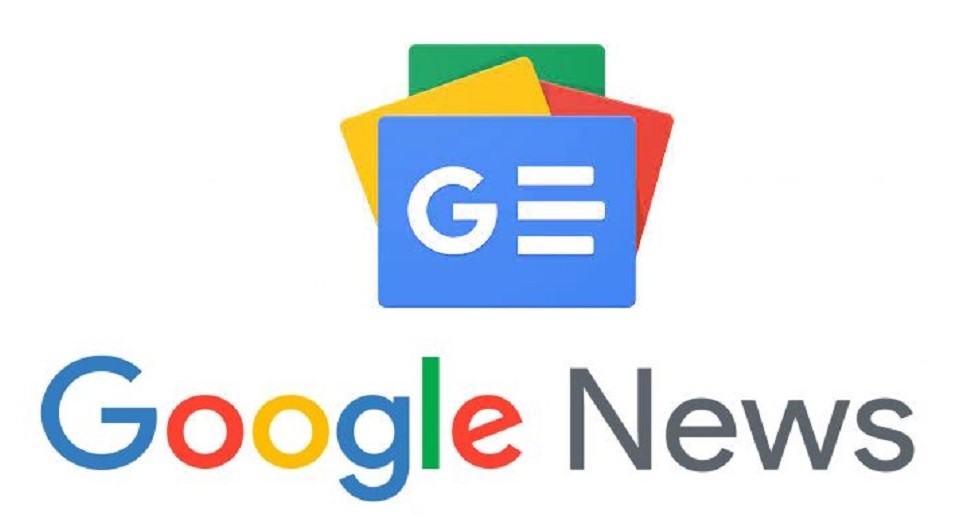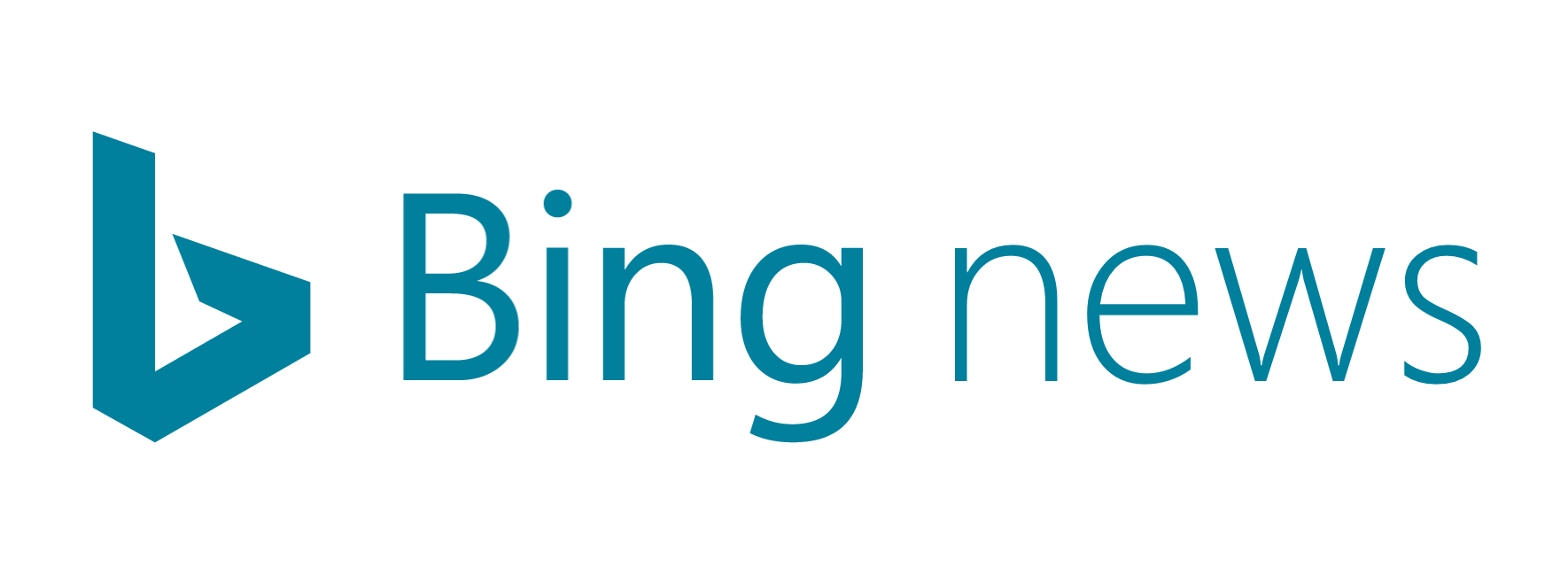Contents
- 1 The Surge in ‘Best AI’ Search Trends
- 2 The Best AI for Writing in 2025
- 3 AI writing trends:
- 4 The Best AI for Coding in 2025
- 5 AI coding trends:
- 6 Best AI for Design in 2025
- 7 AI design trends:
- 8 Balancing Innovation with Authenticity
- 9 Key strategies:
- 10 Best Practices to Rank for ‘Best AI for Writing / Coding / Design’
Best AI for Writing / Coding / Design” is more than a U.S. search trend—it’s an indicator of how digital disruption is rewiring everyday life for creators, developers, and designers.
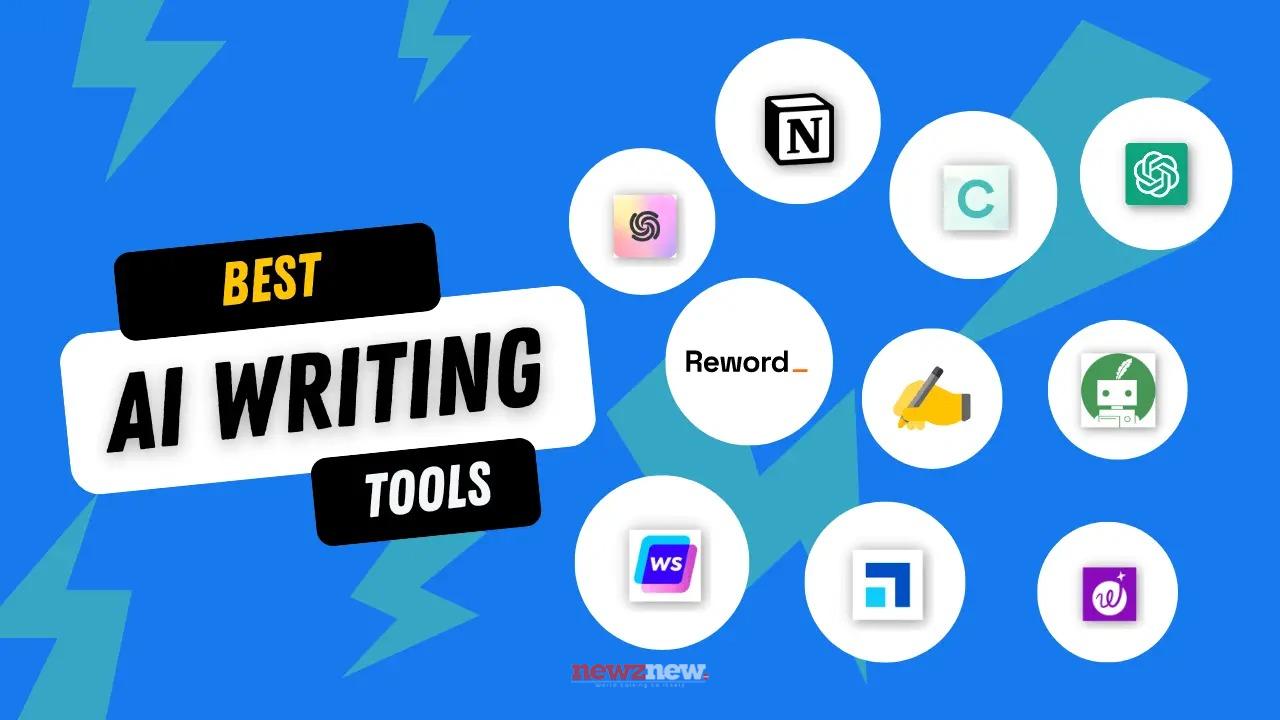
Americans are looking for intelligent tools to produce content, write code, and design at unprecedented rates. Here’s a deep dive into what’s actually trending, which AI tools are leading, and how SEO and human-centered content best practices can help your site stand out in 2025.
The Surge in ‘Best AI’ Search Trends

2025 witnessed a phenomenal surge in searches for “best AI writing tools,” “AI coding assistants,” and “AI design software.” This is not just about curiosity but a change in the way Americans work and design. Usage reports indicate that almost half of all U.S. developers and creative professionals increasingly depend on AI-based productivity tools on a daily basis.
The Best AI for Writing in 2025
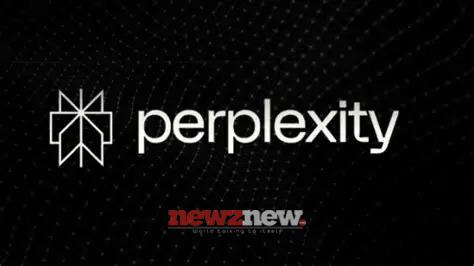
Content is quicker, wiser, and more SEO-friendly than ever before. With endless possibilities, three AI content tools distinguish themselves:
- ChatGPT:** Famous for natural language generation, ChatGPT assists writers in creating articles, emails, and marketing copy with outstanding human-like tone.
- Writesonic:** The favorite among marketers is Writesonic for auto-generated SEO blog posts and engaging ad copy. It’s the go-to for boosting output while still keeping quality high.
- Jasper:** Jasper dominates among teams requiring brand-centric messaging. It’s packed with competitive functionality, ranging from tone adjustment to plagiarism checks and report automation.
AI writing trends:
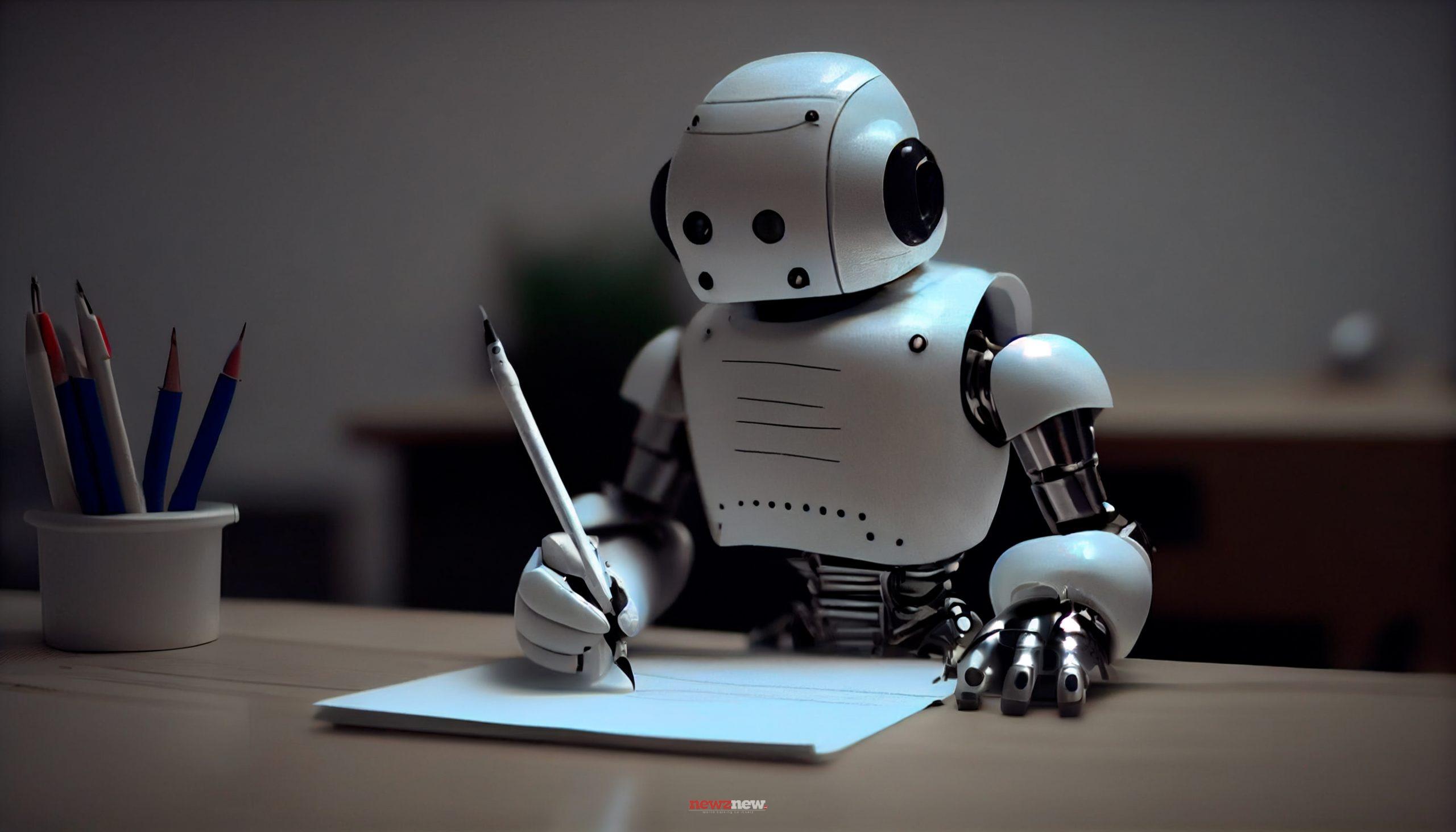
Americans demand writing software producing text fast, optimized for search, and permitting style adjustment. AI keyboards with integrated assistants are on the verge of becoming the next thing, enabling users to write their own writing assistants for niches.[6]
The Best AI for Coding in 2025

The U.S. technology industry is more and more code-based—and the same applies to the AI requests. As of 2025, the following coding aids rule the market:
- GitHub Copilot:** Most used by developers for boilerplate and quick code generation. It’s heavily integrated with GitHub, with context-aware suggestions and documentation.
- Cursor:** Favorite of debuggers, particularly for old code. Cursor simplifies error detection and provides intelligent suggestions to accelerate the process of debugging.
- Tabnine:** Respected for privacy, Tabnine uses local models to maintain sensitive code private and limit risk. It’s go-to when confidentiality is more important than speed.
- Claude Code:** Powered by Anthropic, Claude is utilized by startups for explainable code and ethical AI testing.
- Amazon Q Developer & DeepCode by Snyk:** These assist in security review, AWS integrations, and documentation handling in enterprise environments.
AI coding trends:

Nearly 48% of U.S. programmers include AI tools in their process for code suggestion, review automation, and bug identification. Privacy compliance is a fresh discriminator, with most opting for tools providing strong local or secure cloud choices.
Best AI for Design in 2025
2025 is the year that AI-driven design crosses the tipping point from novelty to necessity:
- Adobe Firefly, Runway ML, and MidJourney:** These platforms are at the forefront of automating graphic design, brand identity, and generative art. They are utilized both for creating concepts and automating the tedious layout work.
- Lummi AI:** Provides smart creative briefs, variant layouts, and inspiration for customized campaigns. It’s quickly becoming the go-to assistant for agencies seeking variety and speed.
- Custom AI Toolkits:** More than 42% of U.S. businesses now create or tailor their own AI design kits, integrating generative skill with branded workflows.
- AI Keyboard Plugins:** They are also picking up for super-fast visual thinking, making generative layouts instantly available in mainstream design tools.
AI design trends:
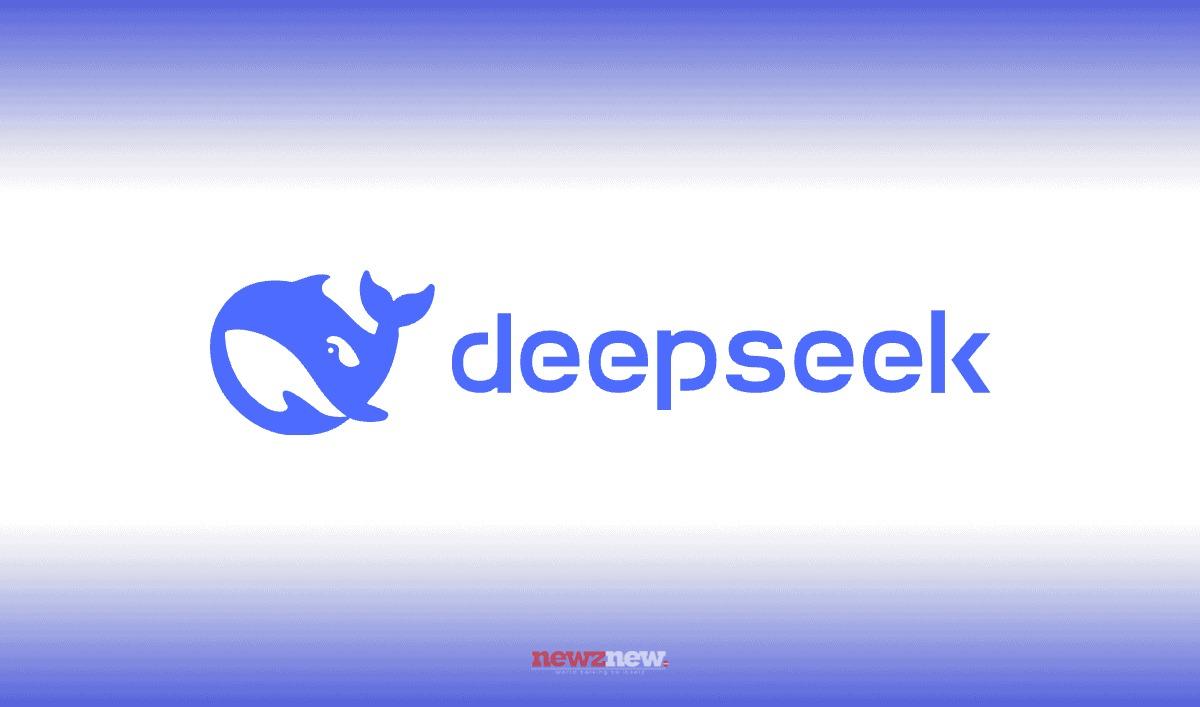
Business teams leverage AI to streamline workflow, automate the tedious, and tailor creative output. Personalization is the key—leading brands deploy AI to elevate critical creative processes at scale without sacrificing distinctive identity.
Balancing Innovation with Authenticity
Though AI tools in writing, coding, and designing yield efficiency, there is a downside: leaning too heavily risks homogenization and loss of creativity. The most effective American professionals leverage AI as a creative collaborator, not a creative substitute.
Key strategies:
– Leverage AI for tasks that are best automated—note-taking, code reviewing, layout creation.
– Always inject personal or brand-motivated creativity at later points.
– Integrate multiple tools; don’t remain locked into one ecosystem.
Best Practices to Rank for ‘Best AI for Writing / Coding / Design’
To rank top and appeal to AI-aware audiences, consider the following tactics:
- Target intent-using long-tail keywords:** e.g., “best AI writing tool for bloggers,” “best AI coding software for secure enterprise code,” “AI design software for fast prototyping.”
- Create humanized, example-filled content:** Ladder your posts with useful comparisons, workflow examples, and real-life stories to improve SEO and AI search rankings.
- AI search engine structure:** Divide content into semantic themes, employ plain headings (H2, H3), bullet points, and incorporate tables for simple parsing.
- Construct E-E-A-T:** Express experience and expertise through first-hand usage observations, trends, and interviews.
- Visual optimization:** Employ unique images, infographics, and charts to enhance readability as well as ranking, since AI platforms now penalize text-based content.
While Americans are increasingly looking for the “best AI” in writing, coding, and design, the trend is evident—software that combines automation with personalization is prevailing. ChatGPT, GitHub Copilot, and Adobe Firefly are prominent for their daily utility. In the meantime, customization, workflow integration, and privacy become differentiation factors in the future.
For creators, developers, and designers: AI isn’t replacing you; it’s raising the bar. Whether writing thought leadership, building breakthrough apps, or crafting stunning designs, the best AI tools in 2025 work with you—helping every U.S. professional turn inspiration into reality faster, smarter, and more uniquely than ever before.



